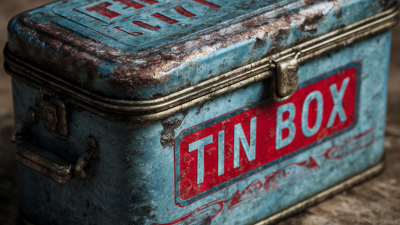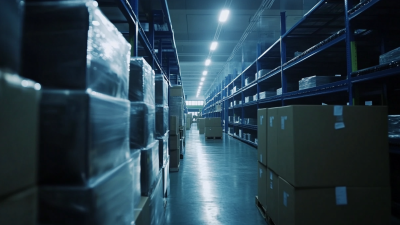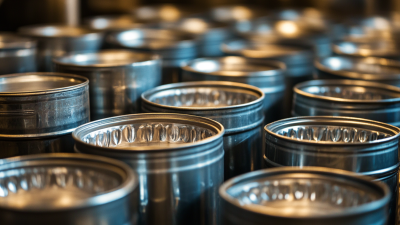 +8618680445103
+8618680445103
Free Standard Samples can be provided for you to check the quality.
Leave Your Message
The evolution of tin boxes is a fascinating journey that intertwines historical significance with contemporary packaging trends. Originally crafted for their durability and resistance to corrosion, tin boxes served vital roles in the preservation and transportation of food and various goods throughout history.
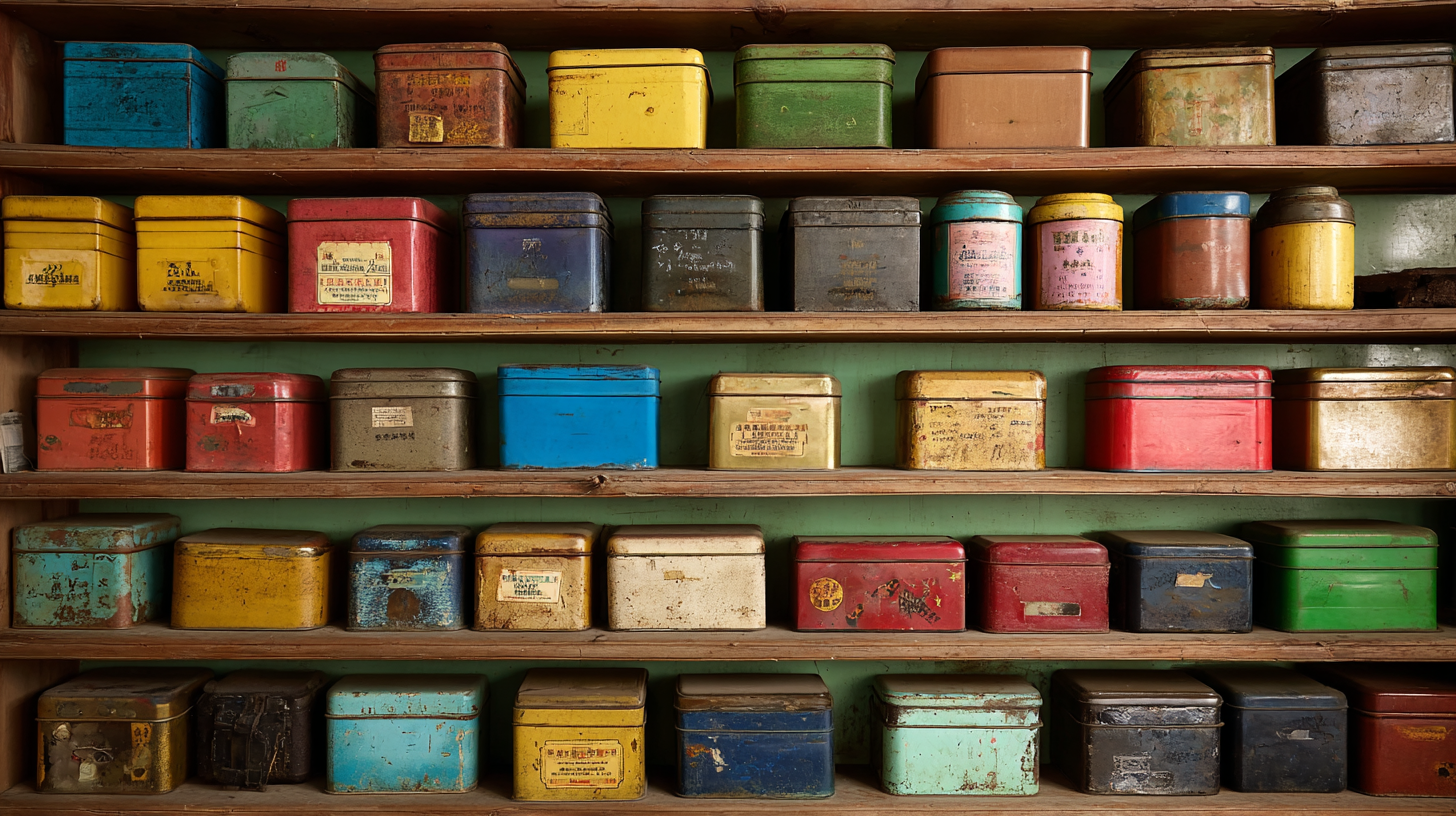 Today, these containers not only maintain their practical utility but also embrace modern design aesthetics, appealing to consumers who value both functionality and style. As we explore the journey of the tin box, we uncover its transformation from a simple storage solution into a versatile packaging option utilized by industries ranging from confectionery to cosmetics.
Today, these containers not only maintain their practical utility but also embrace modern design aesthetics, appealing to consumers who value both functionality and style. As we explore the journey of the tin box, we uncover its transformation from a simple storage solution into a versatile packaging option utilized by industries ranging from confectionery to cosmetics.
This article delves into how tin boxes have adapted to meet changing market demands, highlighting their resurgence in popularity as eco-friendly alternatives in a world increasingly focused on sustainability. By examining the historical context and recent trends, we can understand the continuing relevance of tin boxes in today's packaging landscape.
Tin boxes have a rich historical significance that dates back centuries, evolving from simple storage solutions to essential packaging for various products. Initially, tin boxes were utilized for preserving food and other perishable goods due to their ability to protect contents from moisture and air. Over the years, their manufacturing techniques improved, leading to the introduction of printed designs that enhanced their aesthetic appeal, making them not just functional but also collectible items.
In today’s context, the shift towards sustainable packaging has brought tin boxes back into the spotlight. As global awareness of environmental issues rises and regulations on single-use plastics tighten, manufacturers are revisiting tin as a viable packaging solution. Companies are now focusing on creating sustainable packaging options, recognizing the unique recyclability of tin. This resurgence aligns with modern consumer demands for eco-friendly products, indicating that tin boxes may play a significant role in the future of sustainable packaging solutions.
| Milestone Year | Historical Development | Usage in Packaging | Modern Trends |
|---|---|---|---|
| 1810 | First patent for tin plate in England. | Used for packaging food items, particularly for preservation. | Rise in decorative tin packaging for gourmet products. |
| 1860 | Introduction of lithographed tin boxes. | Became popular for branding and advertising. | Focus on eco-friendly materials and aesthetics. |
| 1950 | Mass production of tin boxes for various products. | Widely used in gift and specialty items. | Increased customization options for consumers. |
| 2000 | Revival of interest in vintage-style tin packaging. | Used for candies, teas, and collectibles. | Integration of smart technology for marketing. |
| 2023 | Sustainable production practices in tin packaging. | Focus on recyclability and reducing waste. | Popularity of minimalist designs and premium packaging options. |
Tin boxes have played a significant role in cultural history, evolving through eras and regions. In the 19th century, they emerged as practical and decorative storage solutions, often adorned with intricate designs that reflected the craftsmanship of the time. Their popularity surged during the Victorian era, primarily due to the tin's corrosion resistance and versatility, making them ideal for packaging everything from food products to toys. According to a recent report from the Packaging Consortium, the global metal packaging market, which includes tin boxes, is projected to reach $179 billion by 2027, highlighting their enduring appeal in contemporary packaging.
The cultural significance of tin boxes extends beyond their practical uses; they represent a blend of artistry and functionality. Different regions have adopted and adapted their designs, from ornate biscuit tins in England to decorative containers in Asia used for gifting. Current trends show a resurgence in collectible tin boxes, often linked to nostalgia and vintage aesthetics, particularly among younger consumers seeking unique packaging in a market flooded with homogenized offerings. As seen in recent popular culture phenomena, these nostalgic items are now incorporated into marketing strategies, reflecting a broader trend where brands tap into the emotional connections consumers hold with nostalgic products. The collectible nature of tin boxes has revitalized interest, as they not only serve functional purposes but also evoke memories tied to specific cultural narratives.
The evolution of tin boxes has led to a remarkable renaissance in modern packaging, characterized by innovative designs and functional improvements. Today, manufacturers are embracing creative artistry to make tin boxes not just containers, but eye-catching pieces of art that enhance product appeal. Custom shapes, vibrant colors, and intricate patterns allow brands to stand out on the shelves, while limited edition designs capture consumer interest and foster brand loyalty.
Functionality has also seen a significant boost, with modern tin boxes being designed to offer better durability and enhanced usability. Features like airtight seals, easy-open lids, and stackable designs cater to consumer convenience and storage efficiency. Additionally, eco-friendly manufacturing practices are increasingly being adopted, aligning with sustainability trends and consumer preferences for recyclable packaging.
**Tips:** When choosing tin box packaging, consider the functionality of your design. Aim for an eye-catching aesthetic that not only showcases your product but also encourages reuse. Remember, a well-designed tin box can add perceived value to your products and create a lasting impression on customers.
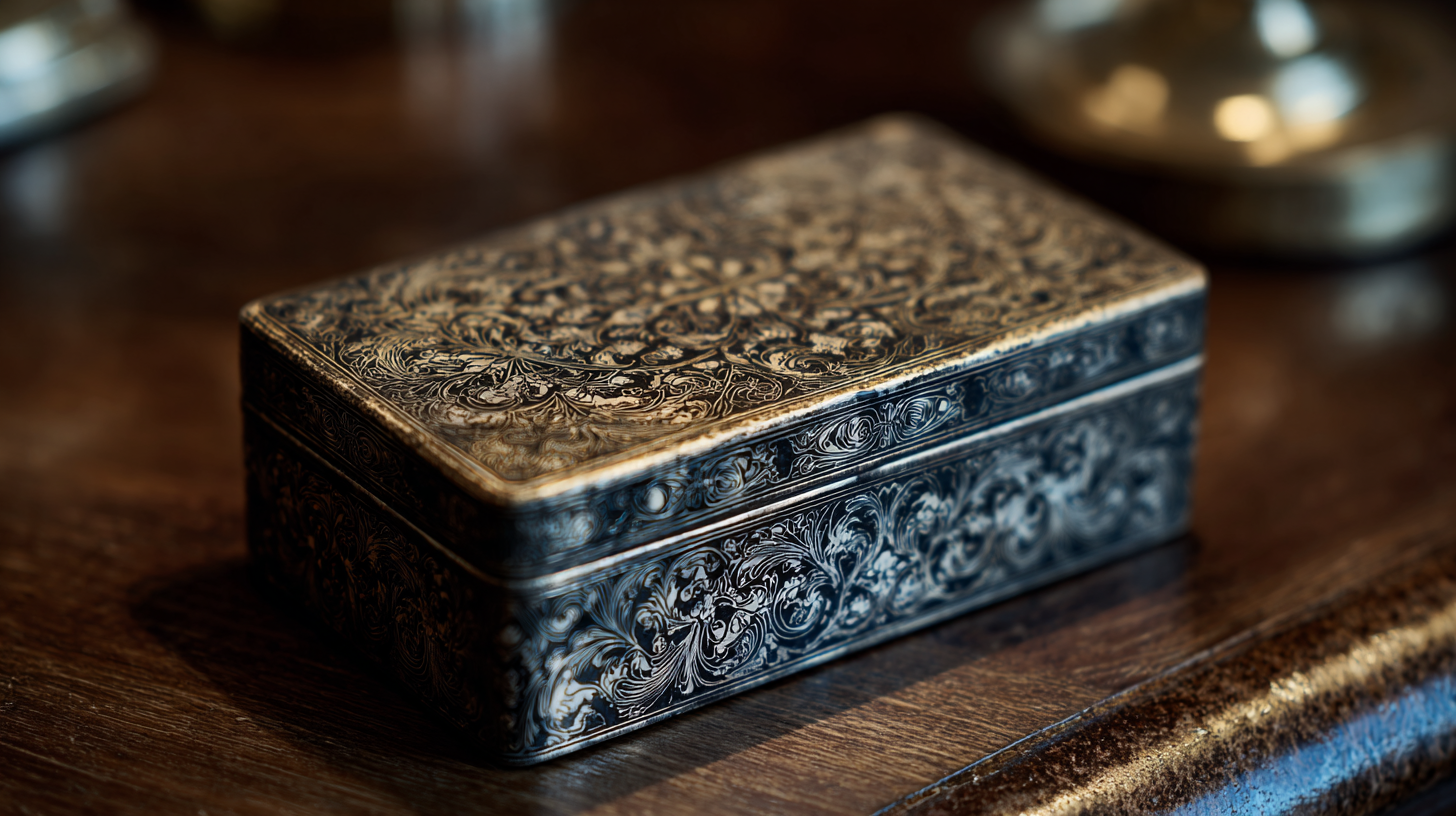
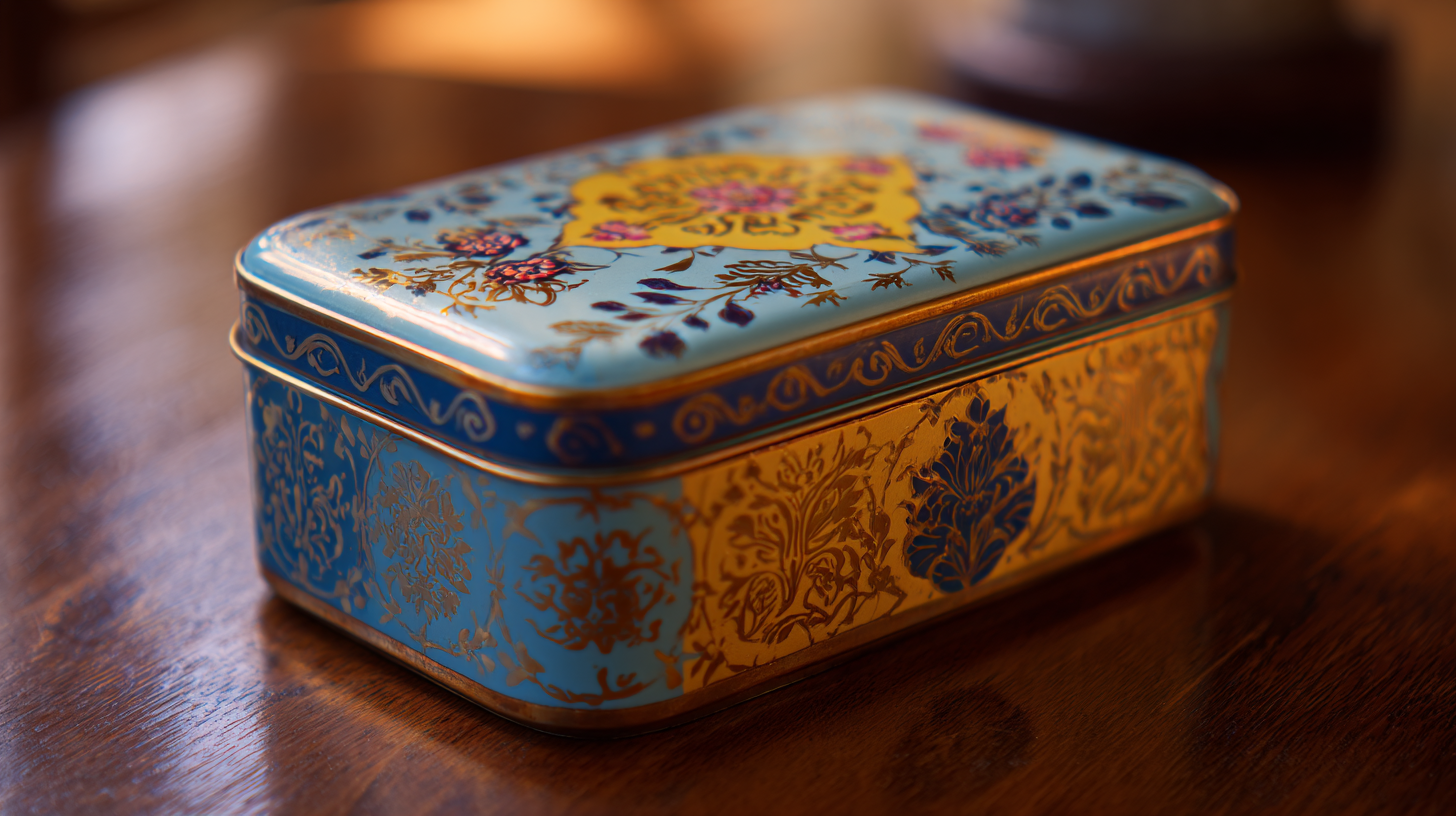 The production of tin boxes has evolved significantly over the years, reflecting broader trends in environmental awareness and sustainability. Modern consumers are increasingly aware of the ecological footprint of packaging materials, prompting manufacturers to adopt greener practices. The use of recycled tin in box production not only reduces waste but also minimizes the energy consumption associated with extracting and processing new metals. Additionally, many brands are now prioritizing eco-friendly coatings and inks, thus further diminishing their environmental impact.
The production of tin boxes has evolved significantly over the years, reflecting broader trends in environmental awareness and sustainability. Modern consumers are increasingly aware of the ecological footprint of packaging materials, prompting manufacturers to adopt greener practices. The use of recycled tin in box production not only reduces waste but also minimizes the energy consumption associated with extracting and processing new metals. Additionally, many brands are now prioritizing eco-friendly coatings and inks, thus further diminishing their environmental impact.
Furthermore, innovations in tin box design and manufacturing are enabling reduced material usage while maintaining the durability and aesthetic appeal of the packaging. Companies are experimenting with lightweight designs and sustainable sourcing of materials, which aligns with the growing demand for sustainable products. This shift not only caters to environmentally-conscious consumers but also marks a significant step toward a circular economy in packaging. The focus on sustainability is not just a trend but a response to a collective call for responsible production methods that ensure the well-being of our planet for future generations.
The contemporary market for tin boxes is significantly influenced by the growing demand for environmentally-friendly packaging solutions. As consumers become more aware of environmental issues, they increasingly favor products that are sustainable and recyclable. Tin boxes, with their durability and reusability, have emerged as a preferred choice in various sectors, including food, cosmetics, and consumer electronics. This trend reflects a broader shift towards sustainable practices in packaging, where brands aim to reduce their environmental footprint.
Additionally, the rise of reusable packaging systems is reshaping consumer preferences. With the global reusable packaging market projected to reach USD 190.1 billion by 2030, tin boxes are well-positioned to capitalize on this growth. Their ability to be repurposed and reused aligns perfectly with the evolving consumer mindset that prioritizes waste reduction and resource efficiency. As brands shift towards these more sustainable practices, the tin box market is likely to witness steady growth, driven by a commitment to environmentally responsible packaging solutions.
